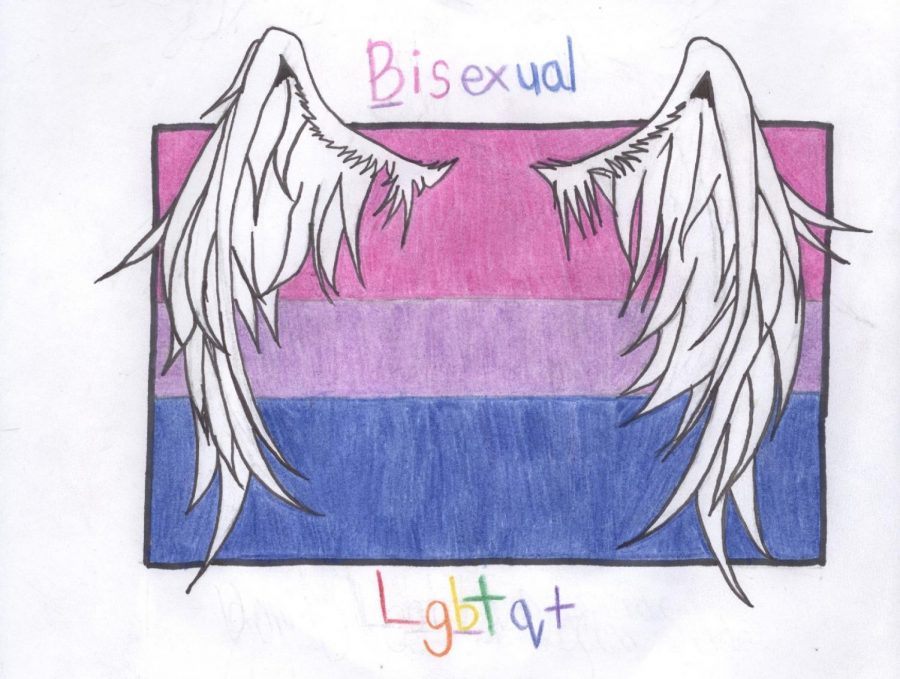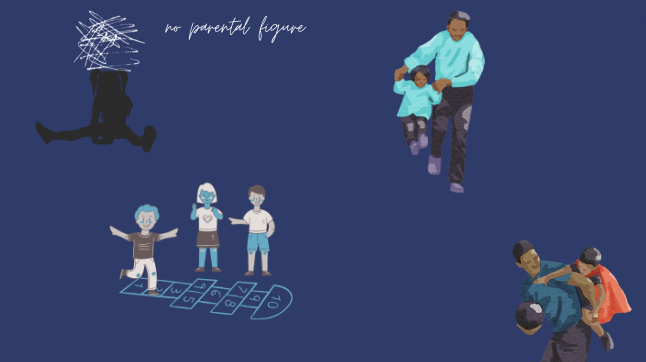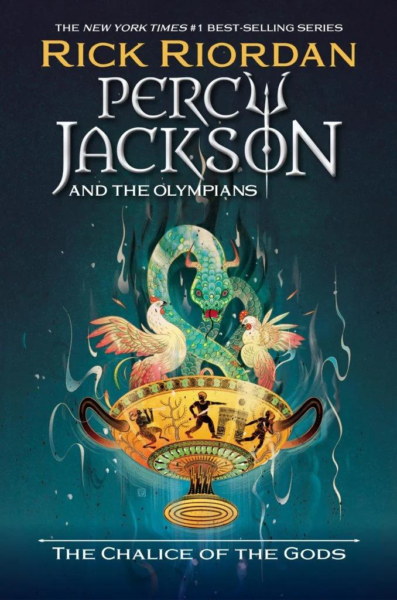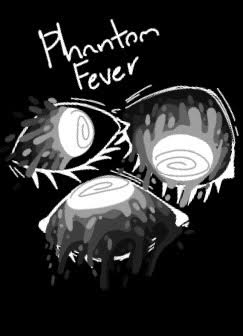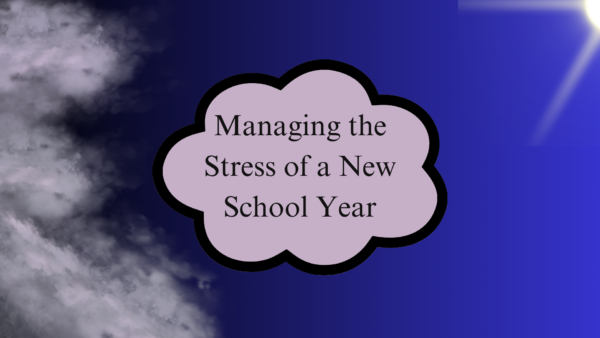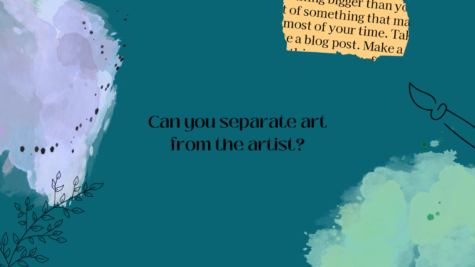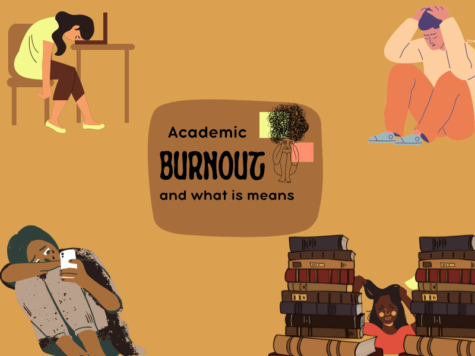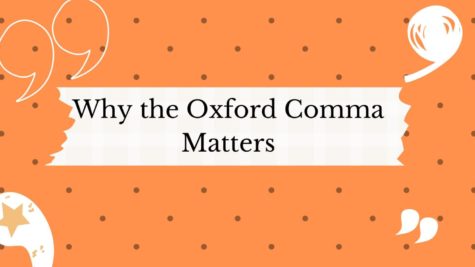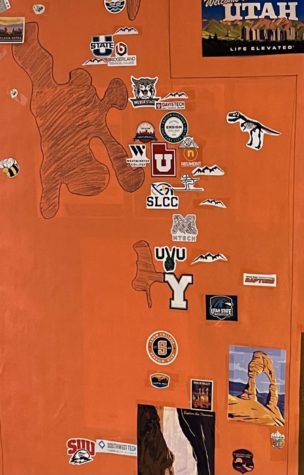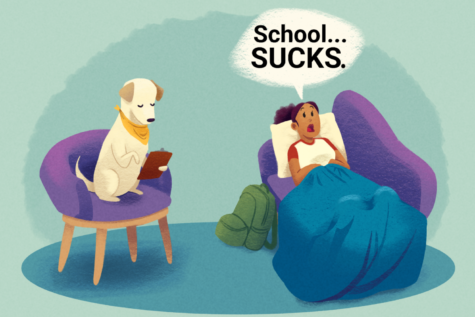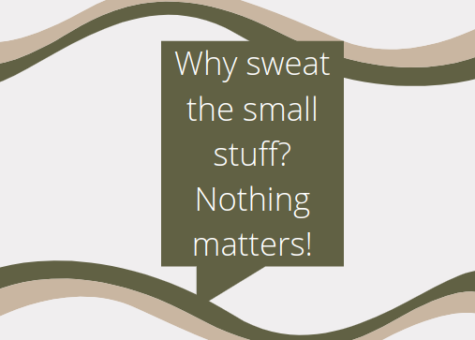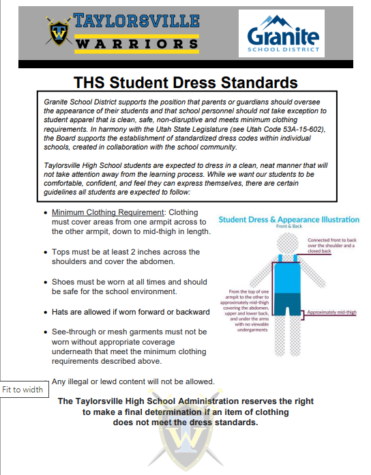Bisexuality: an issue of many sides
April 24, 2019
Exploring sexuality can be complicated. It can become even more complicated when you recognize that you fall out of the heterosexual, cisnormative binary. For many individuals who are seeking a label for their personal attraction, bisexuality is one of the more commonly used terms– but despite its widespread use, bisexuality continues to be one of the least understood labels in the LGBTQ+ acronym. This lack of understanding stems from underrepresentation in the media of the inherent intersectionality and nuances of the term.
In order to discuss these nuances, we must first understand what bisexuality means. An individual who is bisexual experiences attraction to possible romantic partners regardless of whether or not they are male, female, or within the genderqueer spectrum. This attraction may vary from person to person; for example, a bisexual-identifying person might tend to date women more than men, but still experience attraction to men.
“There are a lot more people open to it [bisexuality] than you think,” said Taylor Sanderson, whose real name is withheld for the purposes of this article. Even in a society which has progressively moved towards LGBTQ+ inclusivity, bisexual-identifying individuals often choose to remain hidden because of discrimination against their choice in partners.
The Pew Research Center has done studies which have indicated that nearly 40% of the LGBTQ+ community identifies as bisexual; however, despite being the majority population in the LGBTQ+ community, bisexuality is frequently referred to as being a phase or a trend– both within and outside of the queer community.
This assumption comes in part because many gay or lesbian individuals identify as bisexual or sexually fluid before discovering that they are not attracted to the opposite sex; however, this can have a negative impact on bisexual individuals who do not stop expressing attraction to people in various places on the gender spectrum. “I have heard others be told that they will grow out of their sexuality, like its a phase, but I’m too closeted to ever have this conversation personally,” said senior Avery Lee, real name withheld.
While changing identifying labels (or not using any at all) is completely acceptable and a lifelong process, it is nonetheless important to acknowledge that experimentation or identifying as bisexual does not always conclude in monosexual identification. This assumption frequently leads to stereotyping bisexuals as promiscuous. Many bisexual-identifying students have bee
From dating sites to couples in your own school, people tend to think of bisexuals as wanting to be involved with multiple people at once. “People assume that I’m into that [polyamory] a few times, and one time they were really pressuring me so it was annoying,” said Riley Cooper, real name withheld.
“I wish people understood that sexuality doesn’t make a person different and that everyone matters and shouldn’t be oppressed for the way they are,” said Lee.

